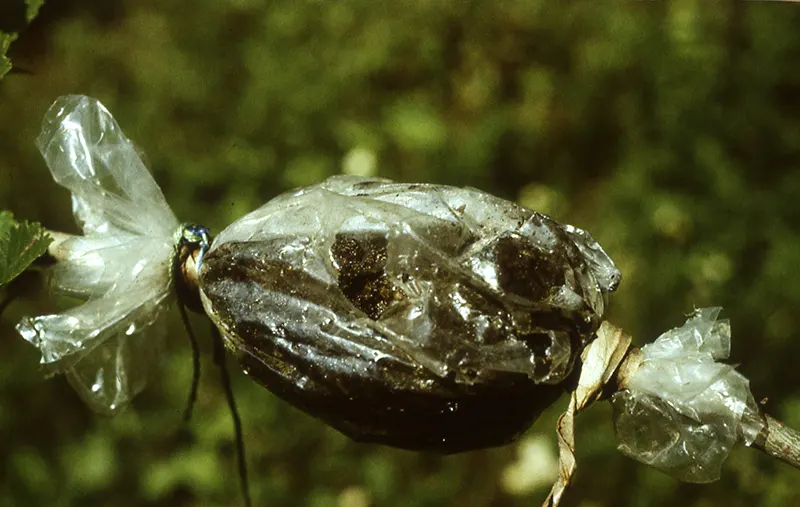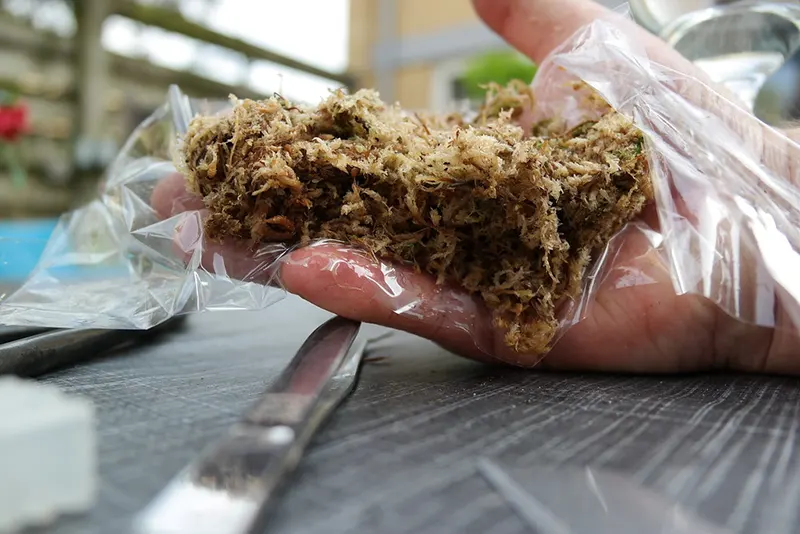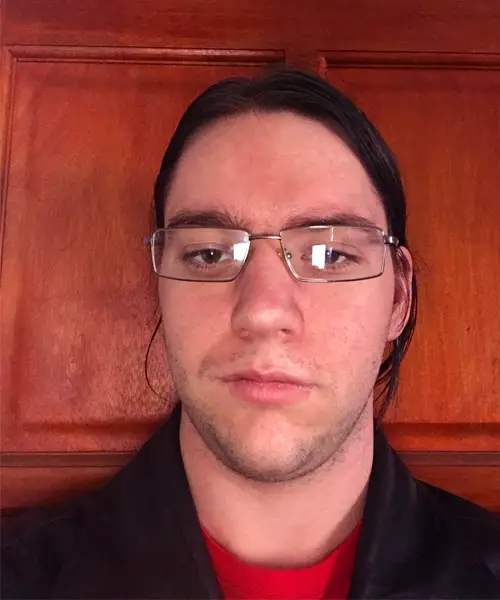How to Air Layer a Japanese Yew Bonsai
Air layering your bonsai is a great way to propagate it and grow a second tree. The Japanese yew responds well to this method but can also be propagated from cuttings and seeds. Through this article, we’ll explain the benefits of air layering, difficulties you’ll encounter during this process, and how to propagate a new tree using this method.
Image courtesy of 3.0 Serbia
Why Use Air Layering
Air layering is a technique of propagation that forces a tree to form new roots along its trunk or branch. Air layering has multiple benefits, including reducing the length of a trunk, growing more surface roots, and propagating a branch to grow as a separate tree. This method occurs as you interrupt the flow of nutrients from an existing root system.
Air layering offers the benefits of controlling the size and shape of your bonsai tree while keeping it healthy.
Difficulties of Air Layering
Air layering isn’t without its challenges; however, you can easily overcome these small issues. The most common errors made involve the year’s timing when one air layers their tree and the technique used.
Timing
Timing can harm your bonsai if you try to air layer it too early in spring. The best time to start this procedure is after the leaves begin to green and the bonsai is regaining its strength from the colder months. Performing this too early can damage your tree as it needs the nutrients when regaining its health from the winter months.
Technique
When wrapping the plant’s stem with plastic, a few techniques can lessen the risk of future issues. One of these is easily done by poking a few holes that’ll drain any water that gets trapped within the plastic when watering your bonsai. These holes also help that area breathe slightly while the new roots develop. This trick is especially handy if you often overwater or leave your tree in the rain.

How to Air Layer Your Japanese Yew Bonsai
One of the easiest ways to air layer a Japanese Yew bonsai uses plastic wrap, which helps collect moisture and encourages the roots to grow by firmly holding moss to the exposed area.
Remove the Bark
Begin by marking off an area on the bonsai’s trunk. Gently remove the bark from this area until you expose the sapwood below. It’s highly advised to use a small sharp knife to prevent damaging your yew. Additionally, once you’ve removed enough bark, clean the edges of the trim to help the tree heal faster.
Scrape the Sapwood
Once the sapwood is exposed, take a knife and begin scraping away at the top layer. You’ll notice a change in color between the surface layer and the scraped-off area. Once there’s sufficient difference, stop scraping.
Wrap in Plastic
Gather a sheet of plastic and wrap it around the exposed area. Tie off the bottom section of the plastic against the trunk. You can use a flexible tape, cord, or similar item to create a tight seal. Ideally, you should use clear plastic as it allows you to see once the roots are developed.
Pack in the Moss
You’re ready to begin adding in the moss with the plastic set-up. You’ll need sphagnum moss that’s slightly moist to pack onto the tree. This specific moss is fibrous and easy to hold in place while you secure it to the tree. Once you’ve packed the moss into the plastic, secure the other end of the plastic to the tree tightly.
Alternatively, peat moss or similar works well for air layering a bonsai tree.
Final Touches
With everything secure, take a roll of cling film and wrap it around the plastic. This extra wrap helps secure the moss and compresses it more against your Japanese yew. Once your moss is secured tightly, you’re ready to start propagating. If needed, add a small hole to the top of the wrapping to add water to help the moss grow.
Image courtesy of 4.0 International
Careful Watch
Propagating your Japanese yew bonsai with air layering is simple. Use a good moss when wrapping your bonsai’s trunk with plastic, and check if your tree’s started to green before using air layering.







